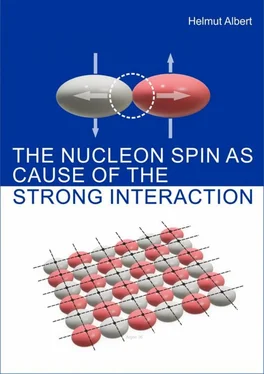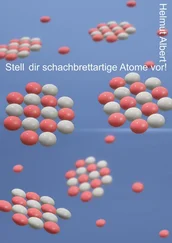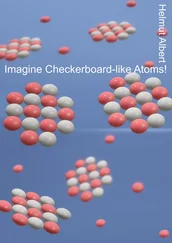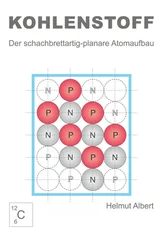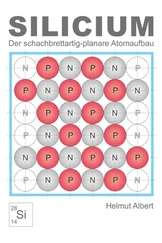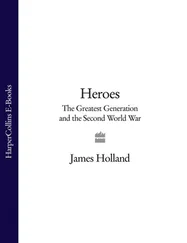THE NUCLEON SPIN AS CAUSE OF THE STRONG INTERACTION
Spin up and Spin down
Concept, texts and illustrations:
© Copyright: Helmut Albert; December 2020
Publisher: Helmut Albert, Talstraße 63, 79102 Freiburg / Germany
hm.albert@t-online.de. Internet: www.proton-neutron.com
Translated with www.DeepL.com/Translator
The importance attached to the strong interaction today becomes clear when one considers the current research effort. While basic research is the daily bread of scientists in physical institutes and facilities, additional projects with large research budgets are being launched. For example, the European research project "STRONG 2020," which focuses on the strong interaction in the atomic nucleus, was launched in 2019/2020. It is hoped that the results will lead to progress for fundamental physics as well as for society.
New theories and positions outside the academic community are not heard very often. But there are reasons to open up. After all, many decades have passed in which highly specialized scientists and gigantic particle accelerators have brought hardly any progress to the theory of the strong interaction. People still cling to the so-called Quantum chromodynamics, the name of which makes one think more of the description of a painting by Jackson Pollock than of an interaction between atomic building blocks. However, it would not be the first time in history that science would be subject to decades of error, as was the case, for example, with the "Phlogiston theory" in the 18th century. But in order not only to criticize, but also to make a productive contribution, I publish here a counterposition to the theory of Quantum chromodynamics. This paper partly incorporates contents of my work on checkerboard atomic structure published between 2017 and 2019.
Helmut Albert, Freiburg, December 2020
With the present paper, a counterposition to the interaction theory, Quantum chromodynamics is presented. For this purpose, the state of research on the theory of the strong interaction and the ideas and developments which have been important since the thirties of the 20th century are clarified.
In the first part of the treatise it is conveyed what is to be understood physically by the term "Interaction". The example of the electrostatic interaction of an ion crystal shows how interaction and particle structure are related and cannot be seen independently of each other. Also the first atomic models of the 20th century were based on the idea of the electrostatic interaction of electrically charged atomic components. It was postulated that the electrically opposite charges of the atomic building blocks balance each other out or, depending on the number of particles, cause a positively or negatively charged atom.
In the further course, the discovery of the charge-free neutron in 1932 is regarded as a decisive caesura. An atomic nucleus based on electrically charged atomic building blocks was thus called into question. A non-electric interaction had to be found. Hediki Yukawa presented a first theory in 1935. A similar theory based on exchange particles, the Quantum chromodynamics was developed only in the 70's analogous to the theory of "Quantum electrodynamics". This theory based on "color charges" is until today the recognized theory of particle physics.
With closer view, the Quantum chromodynamics one recognizes the adventurous hypotheses of this theory, so that it is not difficult to take a counterposition. In the second part this theory is shown. The basis of this counter theory is the rotational energy and rotational direction of the nucleons. According to this theory they are the key to the understanding of the strong interaction of the atom. The paper partly includes contents of earlier works. Finally, the latest results of investigations on atomic nuclei are shown and put in relation to the "new" theory.
For the sake of simplicity, the term particle physics (Elementary particle physics) is also used in this paper to refer to nuclear physics. The term atomic nucleus is used as a designation for the particle system of protons and neutrons, but it does not mean that the author also assumes an atomic shell.
This work is a translation of the German edition "Der Nukleonenspin als Ursache der starken Wechselwirkung". In the text, the sources are reproduced in their original language. The English translations can be found in the Bibliography.
Конец ознакомительного фрагмента.
Текст предоставлен ООО «ЛитРес».
Прочитайте эту книгу целиком, купив полную легальную версию на ЛитРес.
Безопасно оплатить книгу можно банковской картой Visa, MasterCard, Maestro, со счета мобильного телефона, с платежного терминала, в салоне МТС или Связной, через PayPal, WebMoney, Яндекс.Деньги, QIWI Кошелек, бонусными картами или другим удобным Вам способом.
